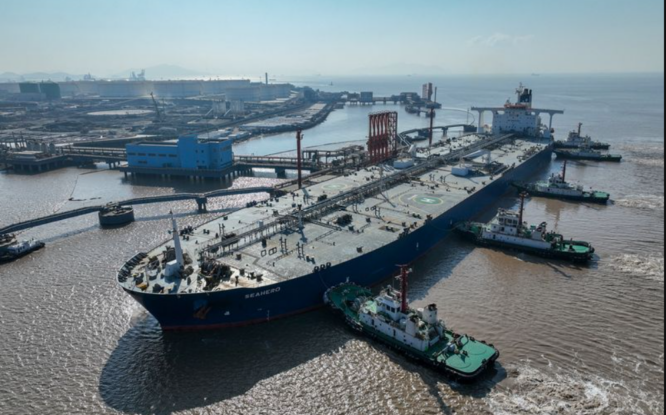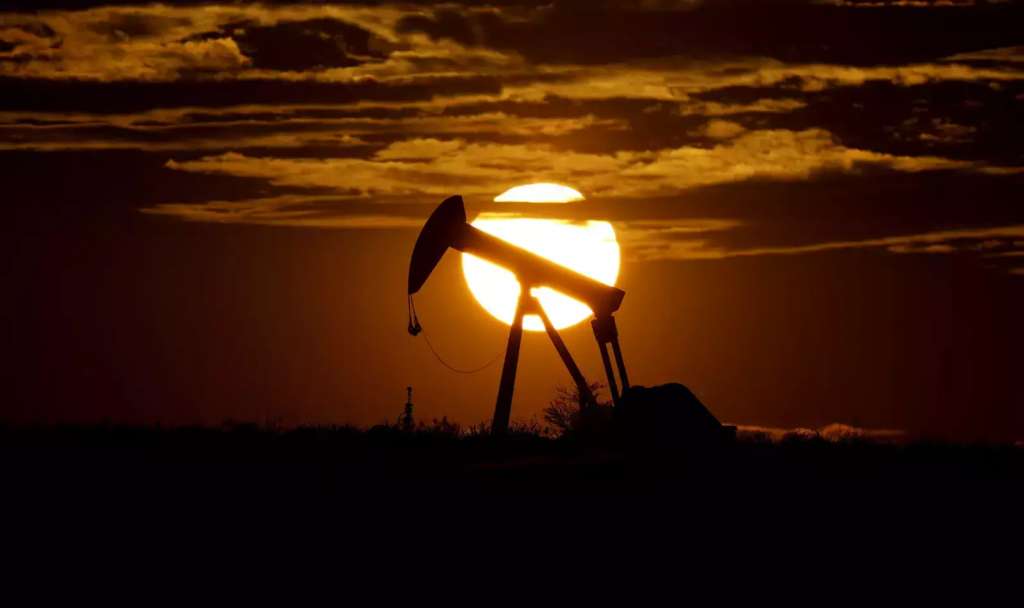
crude prices rose for a second consecutive day on Tuesday, bolstered by US intentions to purchase crude for its Strategic Petroleum Reserve (SPR) and by raging Canadian wildfires that fueled supply concerns.
A slew of weaker-than-anticipated Chinese economic data failed to suppress prices, with the market instead focusing on higher refinery throughput in the second-largest oil consumer in the world.
By 04:17 GMT, Brent crude futures increased 30 cents, or 0.4%, to $75.53 per barrel, while US West Texas Intermediate crude rose 27 cents, or 0.3%, to $71.38 per barrel.

Breaking a three-session losing trend, both benchmarks rose over 1%.
The US Department of Energy announced on Monday that it would purchase 3 million barrels of crude oil for delivery in August for the Strategic Petroleum Reserve (SPR) and requested offers by May 31.
Toshitaka Tazawa, an analyst at Fujitomi Securities Co Ltd, stated, “The market was buoyed by expectations that the US will continue to repurchase oil for its strategic reserve if WTI prices fall close to or below $70 a barrel.”
“After the recent sharp declines, some investors were also on the lookout for deals,” he said.
Tuesday’s data revealed that China’s oil refinery output in April rose 18.9% from a year earlier to the second-highest level on record.
“China’s demand continues to exhibit signals of improvement. “According to transportation data, car usage is on the rise, while international air travel is on the rise,” ANZ analysts wrote in a note.
Brent and WTI futures declined for the fourth consecutive week due to concerns of a US recession and the possibility of an unprecedented default on government debt in early June. The last time the benchmarks experienced a comparable string of weekly declines was in September 2022.
Tuesday oil prices were bolstered by supply concerns emanating from wildfires in Canada.
At one point, the extensive fires in Alberta, Canada forced more than 30,000 people to evacuate their residences and halted at least 319,000 barrels of oil equivalent per day (boepd), or 3.7% of national production.
OPEC+, which consists of the Organization of the Petroleum Exporting Countries and its allies, including Russia, intends to implement additional output limits in the second half of the year.
The US oil extraction from the seven largest shale reservoirs is expected to reach a record high in June, according to data from the Energy Information Administration.
In the future, analysts are wary of the momentum of the present price recovery.
“With so much uncertainty surrounding the macro environment and no strong signals from the physical market, oil prices are likely to remain under pressure,” ANZ analysts stated.
According to CMC Markets analyst Leon Li, the global macroeconomic situation and Europe’s energy demand-supply fundamentals will be major price drivers in the second half of 2023.
